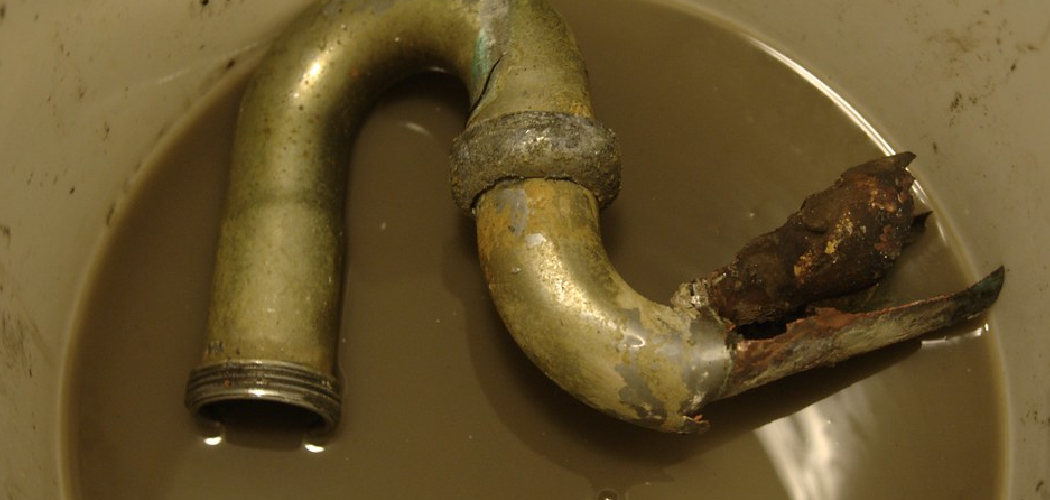Are you looking to start up your outdoor water sources once again after a long winter? Skipping this step could lead to costly and time-consuming repairs further down the line. Thankfully, getting your outdoor lines back in working order is easier than you might think!
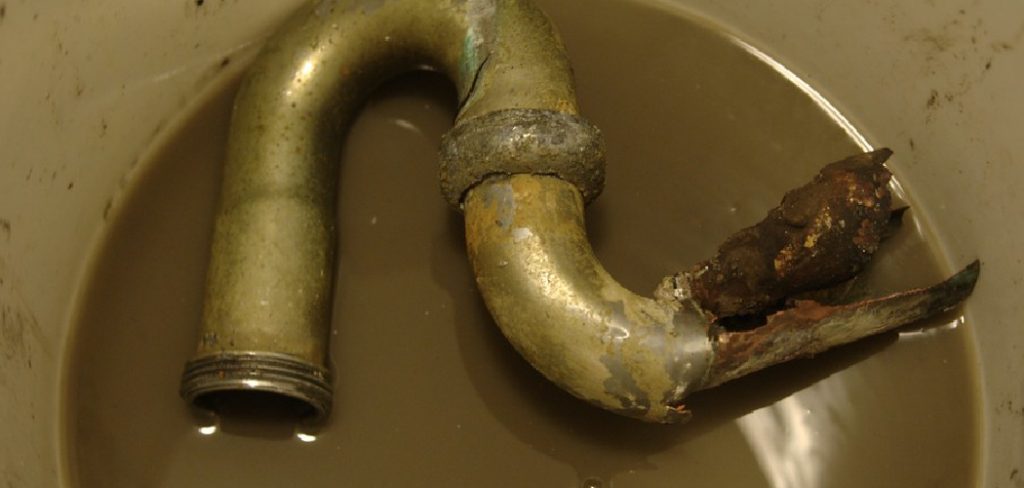
We’ll provide you with a step-by-step guide on how to turn outside water back on after winter so that you can use all of your exterior amenities safely in the warm summer months ahead. Let’s get started!
Step-by-step Guidelines on How to Turn Outside Water Back on After Winter:
Step 1: Check for Any Damage
Before turning on your outdoor water sources, it’s important to do a quick inspection of any pipes, hoses, or fixtures that were exposed to freezing temperatures during the winter.
A simple visual check can help identify any damage or leaks that may have occurred. If you notice any cracks or breaks, make sure to repair them before proceeding to the next step.
Step 2: Turn Off the Main Water Valve
Next, locate and turn off the main water valve that provides water to your outdoor lines. This is typically found near your home’s main interior shut-off valve. Turning off this valve will prevent any excess water from entering your outdoor lines while you’re working on them. This precautionary step will help avoid a potential water leak.
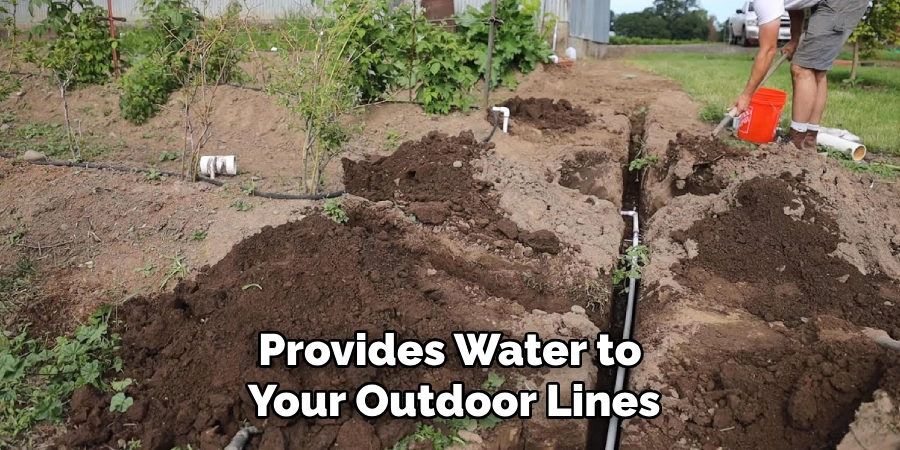
Step 3: Drain the Water Lines
With the main water valve off, it’s time to drain any remaining water from your outdoor lines. This can be done by opening all of your outdoor faucets and letting the water run until it stops completely. Make sure to also empty out any hoses or sprinkler systems that were used during the previous season. While draining the lines, ensure to check for any signs of leakage.
Step 4: Close All Valves and Faucets
Once all the water has been drained, close all outdoor faucets and valves. This will prevent any water from entering back into your outdoor lines once you turn the main valve back on. If you have an irrigation system, make sure to close all valves as well. This will also prevent any potential leaks.
Step 5: Turn On the Main Water Valve
Now that your outdoor lines are empty, it’s time to turn on the main water valve again. Slowly open up the valve and allow water to flow back into your outdoor pipes. Make sure to do this gradually to prevent any sudden pressure build-up. While turning on the valve, keep an eye out for any signs of leaks or bursts in the pipes.
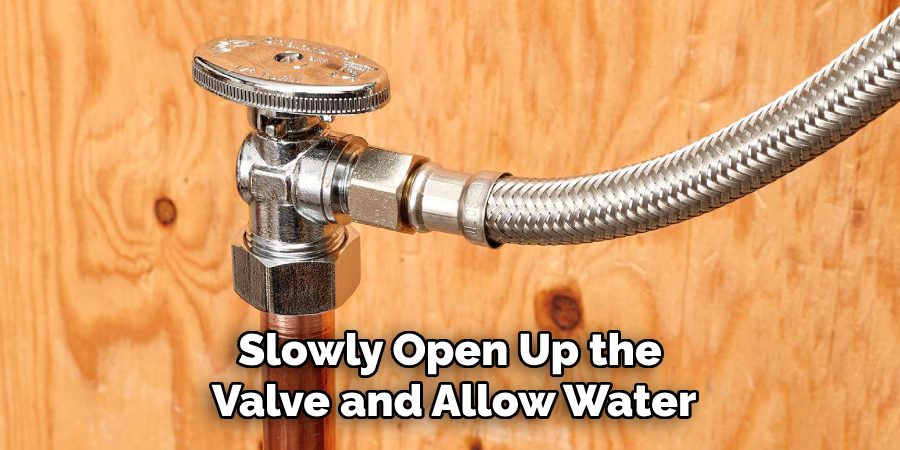
Step 6: Check All Outdoor Water Sources
With your outdoor water sources back on, it’s time to check each one individually. Turn on each faucet and ensure that there are no leaks or damages. If you have an irrigation system, run it for a few minutes to make sure all the sprinkler heads are functioning properly. Additionally, check any hoses and fixtures for any signs of leaks or damage.
Step 7: Monitor Over the Next Few Days
Keep an eye on your outdoor water sources over the next few days to ensure that everything is working as it should be. This will give you ample time to identify and fix any potential issues before they become major problems and make sure that your outdoor lines are fully functional for use.
Congratulations, you have successfully turned on your outside water after winter! By following these simple steps, you can enjoy all of your outdoor amenities without worrying about any potential water damage. However, it’s always a good idea to perform routine maintenance and checks on your outdoor water sources to prevent any future issues. Happy watering!
Additional Tips and Tricks to Turn Outside Water Back on After Winter
1. Before turning your outside water back on, it is important to check for any leaks in the pipes or faucets. This can save you from potential water damage and costly repairs.
2. If you have a sprinkler system, make sure to drain it completely before turning the water back on. This will prevent any leftover water from freezing and damaging your pipes.
3. Inspect all outdoor hoses for cracks or leaks before connecting them to the water supply. Replace any damaged hoses to avoid wasting water and potential damage to your property.
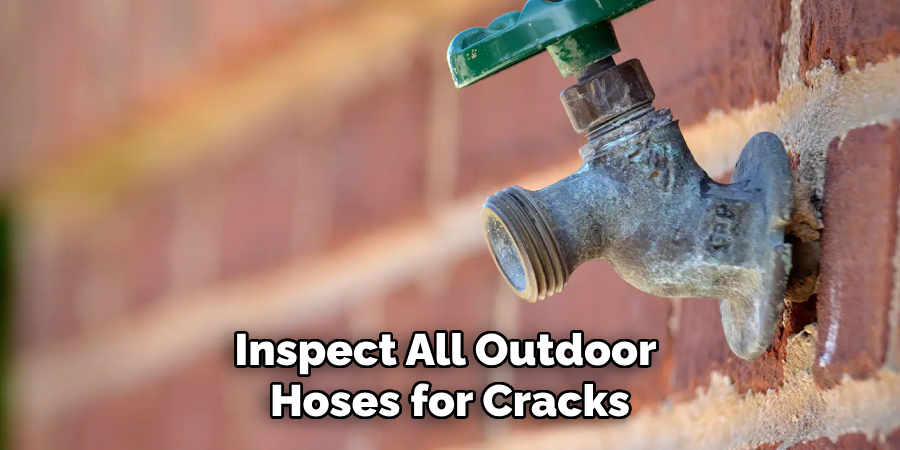
4. It is always a good idea to turn off the main water supply before turning on the outside water. This can prevent any sudden surges of water and protect your plumbing system from potential damage.
5. If you live in an area with a cold climate, consider insulating your outdoor pipes to protect them from freezing temperatures in the future. This can save you time and money in case of another winter freeze.
6. When turning the water back on, do it slowly and check for any leaks or abnormalities in the water pressure. This can help you catch any potential issues before they become bigger problems.
7. Keep an eye out for any unusual smells, colors, or tastes in your outdoor water. This may indicate contamination or damage to your pipes and should be addressed immediately.
8. If you notice any issues with your outdoor water supply, it is always best to consult a professional plumber. They can properly assess the situation and provide you with the best course of action.
9. Regularly maintaining your outdoor plumbing system throughout the year can prevent major problems when turning on the outside water after winter. This includes checking for leaks, insulating pipes, and properly draining any outdoor equipment.
10. Consider installing a backflow preventer to protect your water supply from potential contamination. This device prevents water from flowing back into the main supply, ensuring clean and safe drinking water.
Following these tips and tricks can help you safely and efficiently turn your outside water back on after winter. Remember to always take precautions and address any issues immediately to prevent costly repairs in the future. So, be prepared for the next winter freeze by properly maintaining your outdoor water supply. Happy plumbing!
Precautions Need to Be Followed for Turning Outside Water Back on After Winter
1. First and foremost, it is important to check the weather forecast before turning on outside water. If there is a chance of freezing temperatures, it is best to keep the outside water turned off until the weather improves.
2. Once you have determined that it is safe to turn on the outside water, start by inspecting all outdoor pipes for any cracks or damage. This can prevent potential leaks and water damage in the future.
3. Next, check all outdoor faucets and spigots for any signs of damage or wear and tear. If you notice any issues, it is best to replace them before turning on the outside water.
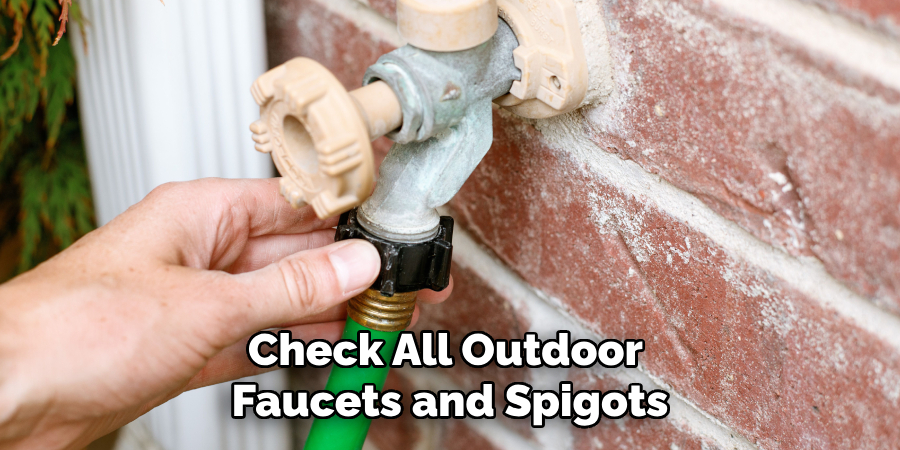
4. Before turning on the outside water, make sure to disconnect any hoses or attachments that may have been left on during the winter. These can trap water and potentially cause damage.
5. Slowly turn on the water valve to allow pressure to build up gradually. This can prevent any sudden bursts of water that may cause pipes to burst.
6. Once the outside water is turned on, check all faucets and spigots for leaks or drips. If you notice any, it is best to address them immediately to prevent any water wastage.
7. After turning on the outside water, it is important to let all outdoor pipes and fixtures run for a few minutes. This can help flush out any built-up debris or sediment that may have accumulated during the winter months.
Following these precautions can help ensure that your outside water is turned back on safely after winter. It is important to take the time and effort to properly inspect and prepare your outdoor water system, as it can save you from potential damage and costly repairs in the future.
So, always remember to check the weather forecast, inspect pipes and fixtures for damage, disconnect hoses or attachments, gradually turn on the water, check for leaks, and flush out any debris before using outside water after winter. Happy gardening and outdoor activities!
Frequently Asked Questions
How Long Should I Wait Before Turning on My Outside Water?
It is recommended to wait until all risk of freezing temperatures has passed before turning on your outside water for the season. This is typically in late March or early April, although it can vary depending on your location and weather patterns. It is also important to check with your local water utility company for any specific guidelines or recommendations.
What Should I Do Before Turning on My Outside Water?
Before turning on your outside water, it is important to check for any potential damage or leaks in your pipes and faucets. You should also make sure that all of your outdoor faucets are completely closed, as well as any shut-off valves inside your home. Additionally, you may want to flush out the pipes by turning on a nearby spigot for a few seconds to clear out any debris or air pockets.
How Do I Know If My Pipes Are Damaged?
Signs of damaged pipes can include visible cracks, bulges, or leaks in the pipes themselves. You may also notice water stains or discoloration in your walls or ceilings near where your pipes are located. If you suspect that your pipes may be damaged, it is best to consult a professional plumber before turning on your outside water.
Conclusion
Now you know how to turn outside water back on after winter and what precautions to take before doing so. Remember to always follow safety guidelines and check for any potential damage before turning on your outside water.
By taking these steps, you can ensure that your outdoor faucets and pipes are in good working condition, and ready for the warmer months ahead. Don’t hesitate to reach out to a professional if you have any concerns or questions about turning on your outside water. Happy gardening and outdoor activities!

